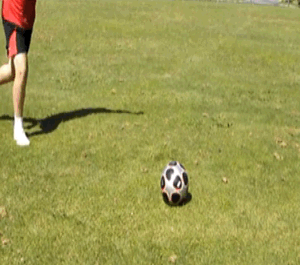Gymnasium activity
Levers of the
Human body
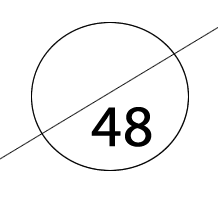
During the normal course of an exercise session, in the gymnasium, athletes use a number of levers to get some kind of mechanical advantage. Most of these levers are present in their own body in the form of the skeleton.
The aim of the activity is for students to identify some of the many levers used in the body.
Using the lightest weight possible and under the supervision of a P.E. teacher perform the following exercises on machines shown. You may work in partnerships with other students. When performing an exercise it is easy to identify the muscle that is being used by feeling, with your fingers, which muscle is tensing.
Print this worksheet out and have it ready when you go into the gymnasium . You may wish to use a digital camera to capture your own pictures. Solutions are given for a number of questions and then the student is left to workout the rest of the questions on their own.
1) Biceps curl .
a) Identify the:
- fulcrum
- load
- effort
Solution
b) What type of lever is this? (1 mark)
c) This lever is designed for (1 mark)
Explain why? (1 mark)
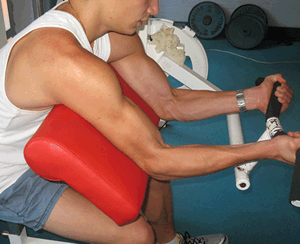

2) Calf raisers.
a) Identify the:
- fulcrum
- load
- effort
Solution
b) What type of lever is this? (1 mark)
c) This lever is designed for (1 mark)
Explain why? (1 mark)
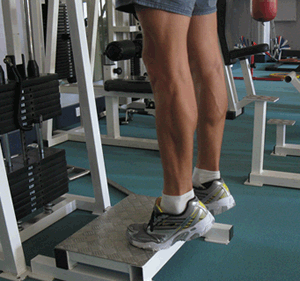
- indicate, on the diagram on the right, how the muscles attach to the bones.
- what type of lever is this? 3 marks
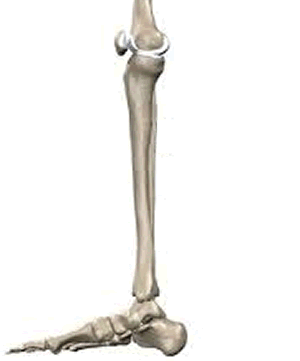
3) Squats
a) Identify the:
- fulcrum
- load
- effort
Solution
b) What type of lever is this? (1 mark)
c) This lever is designed for (1 mark)
Explain why? (1 mark)
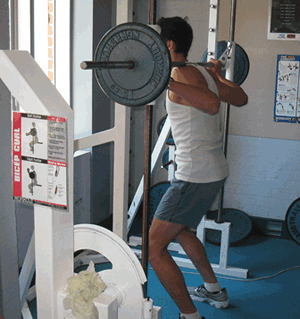
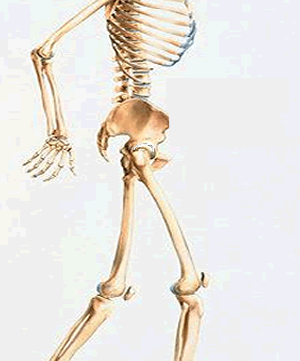
4) Leg curls
a) Identify the:
- fulcrum
- load
- effort
Solution
b) What type of lever is this? (1 mark)
c) This lever is designed for (1 mark)
Explain why? (1 mark)
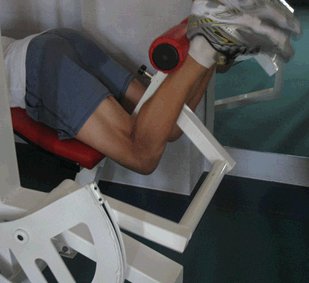
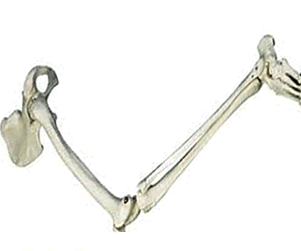
5) Now for just one more, the triceps
a) Identify the:
- fulcrum
- load
- effort
Solution
b) What type of lever is this? (1 mark)
c) This lever is designed for (1 mark)
Explain why? (1 mark)
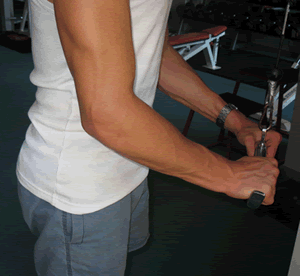

6) Now select one more exercise of your own choice. Draw the bones of the chosen lever and answer similar question to those above. 6 marks
7) Get on a bike and start cycling.
What muscles are you using to push down on the peddles? 1 mark
What muscles are you using to pull the peddles back up? 1 mark
Draw the levers of the leg used with every rotation by drawing the bones and muscle attachments.
4 marks.

8) Third class levers give no mechanical advantage. But they do increase the speed of the load.
For the lever system formed by the biceps calculate the length the muscle has shortened compared to the distance the hand moves.
What do you find? 1 mark
This is an example of speed multiplication. How can the muscle be attached to the bone to achieve this? 1 mark

9) Compound lever systems increase the end speed of the load. A kick is an example of a compound lever system made up of two third order levers.
a) Name the bone and the muscles that form the lever that moves first during a kick. 1 mark
b) Where are these muscles attached? 1 mark
Hint
c) Name the bone and the muscles that form the lever that moves second during a kick. 1 mark
Hint
d) Where are these muscles attached? 1 mark
